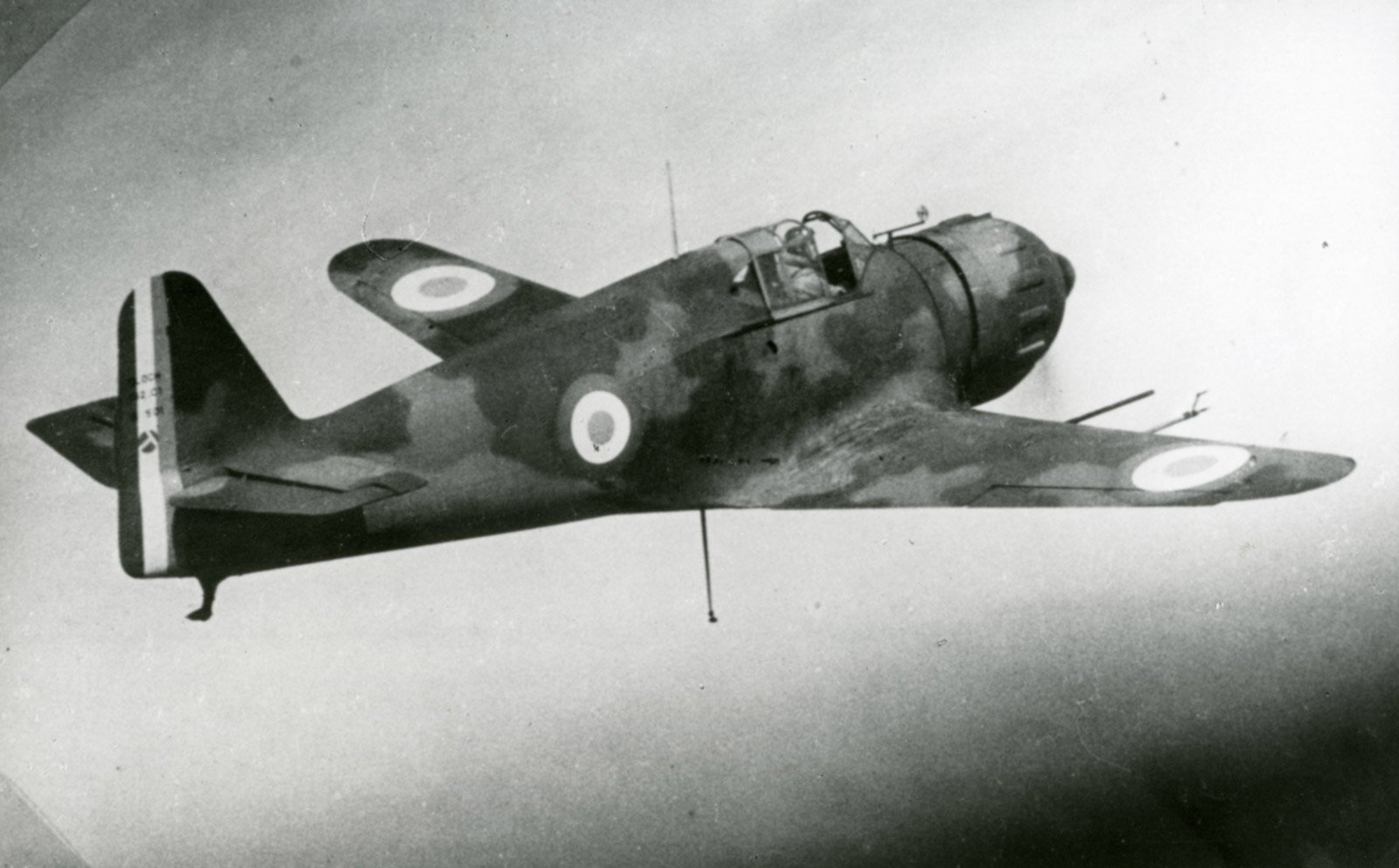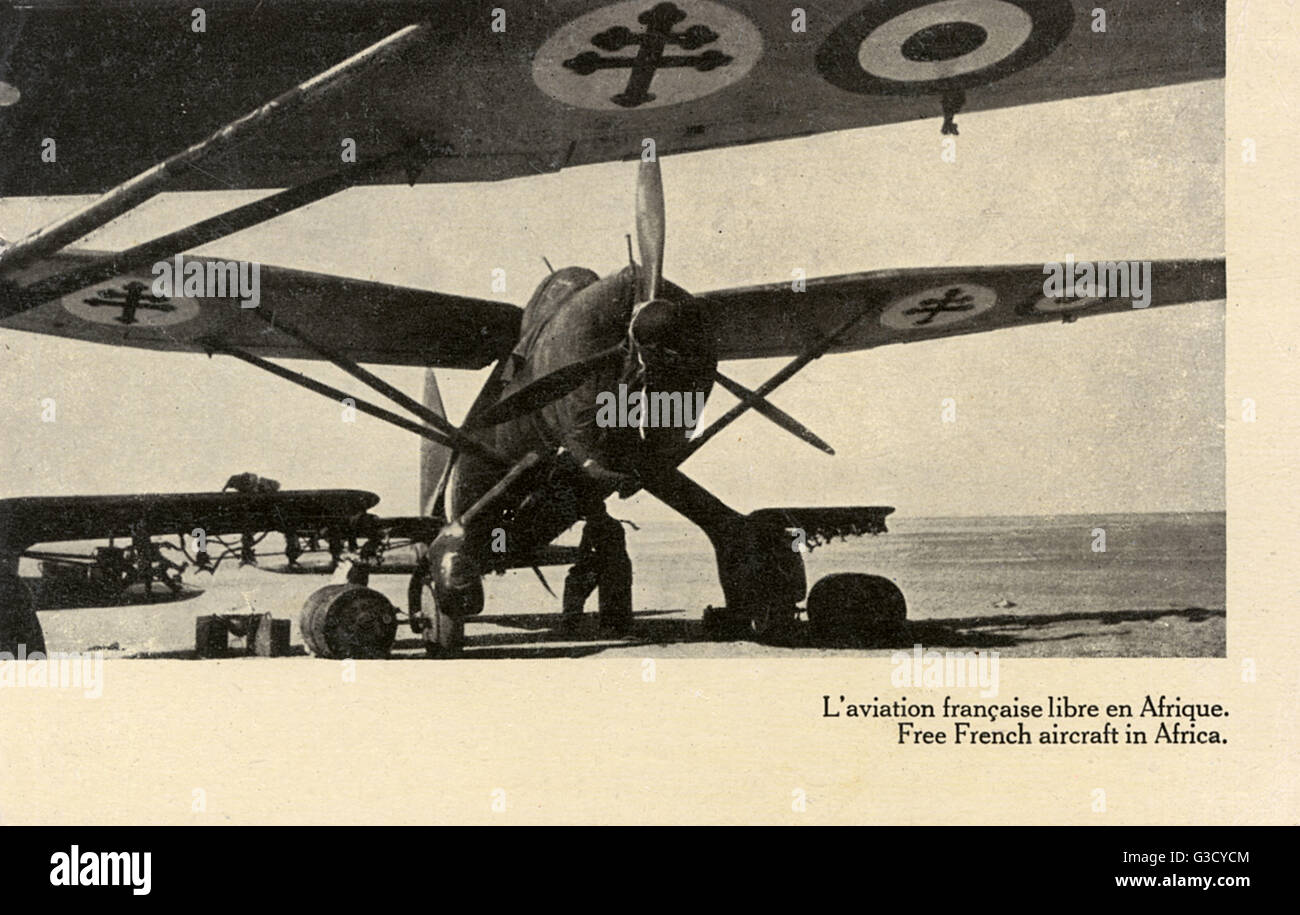French Ww2 Aircraft - The Devoutine D.520 was a French fighter that entered service in the early 1940s, shortly after the start of World War II.
The D.520 was designed in 1936 in response to the requirement of the French Air Force for a fast and modern fighter armed with a 20 mm cannon and a high climb. At the time, the most powerful liquid-cooled V-12 engine available in France was the Hispano-Suiza 12Y, which was more powerful but lighter than contemporary engines such as the Rolls-Royce Merlin and Daimler-Bz DB 601. Specifications, but none were in service or in small numbers were in service, France Too late to play a major role in the war.
French Ww2 Aircraft

Unlike the Moran-Saulnier M.S.406, the French Air Force's most advanced fighter at the time, the Dewoitine D.520 was much closer to the latest German types, the Messerschmitt Bf 109. . Better than the Bf 109E but better in maneuvers.
Sf2 Ww2 French Fighters Pak
Due to production delays, only a small number were available for combat against the Luftwaffe. The D.520 proved relatively competent as a dogfighter against the Luftwaffe's challenge, but lacked sufficient numbers to make a difference.
After the Armistice in 1940, the D.520 continued to be used, operated by the Air Force Frei-Frecht and the Air Force Vichy-Frecht. It was produced at a lower rate than in 1940, but the type returned to production in 1942. The D.520 saw combat service in North Africa, Bulgaria and the Eastern Front, and was used in France and Germany for training and defence. In the later life of the type, it was used as a training aircraft. On 3 September 1953, the last D.520s were finally withdrawn from service.
On 13 July 1934, the French Air Force began a new technical program under which a complete fighter was developed to improve the Devoitin D.510, which was still in service but was considered obsolete in 1934. In the context of rapid progress in many European countries.
While the French aircraft company Devoitine initially responded with an improved design based on the D.510, designated the D.513, it soon proved inferior in development to its domestic rival, the Moran-Saulnier MS405.
Top Guns Of Their Time: 10 Most Successful Fighter Planes Of World War 2
Responding to a specification for a new fighter aircraft issued by the French Air Ministry on 15 June 1936, Émile Devoitine, owner and founder of Devoitte, formed a new private design office and immediately ordered the company's chief engineer, Robert Castello. Study development. of a new struggle.
The envisioned aircraft would be the cheapest possible, powered by a new 670 kW (900 hp) liquid-cooled Hispano-Suiza 12Y21, and capable of a top speed of 500 km/h (310 mph). However, the corresponding design was immediately rejected by the Air Ministry.
The French Air Ministry, attracted by the British Hawker Hurricane and Supermarine Spitfire, rejected the design and decided to respond by updating the specifications to include a top speed of 500 km/h (310 mph).

As a result, work began in September 1936 on what would become the D.520. According to aviation author Raymond Dannell, the D.520 designation was a deliberate reference to the aircraft's required speed.
Allied Aircraft Of World War Ii: World's Great Weapons
In January 1937, this revised design proposal was submitted to the Service Technique Aeronautique (STA); Although STAe found it feasible to design to the specific requirements, no order to build prototypes was forthcoming.
At this point, official action was taken against MS.405, which had already been selected for a restoration attempt.
Specifications required a speed of 520 km/h (320 mph) at 4,000 m (13,000 ft), take-off and landing runs not exceeding i, and the ability to climb to 8,000 m (26,000 ft) in fifteen minutes 400 m (1,300 ft).
Armament was to be two 7.5 mm (0.295 in) machine guns and one 20 mm (0.787 in) Hispano-Suiza HS.9 cannon or two HS.9 cannons.
America's Worst World War Ii Fighter Was The Star Of The Russian Air Force
Other aircraft designed to the same specification included the Moran-Saulnier MS450, the Loire-Neuport 60 (later CAO 200) and the Codron-Rault C770, none of which left the drawing board or went out of service. Two other competing French designs, the Bloch MB.152.01 and Bloch MB.155.C1 series, and the Arsal VG-33 entered service in small numbers with the French Air Force during the Battle of France, but were too late to play a major role.
In addition to the lack of a prototype order, Dewoitine merged with the largest state construction consortium, the Société Nationale des Constructions aéronautiques du Midi (SNCAM). As a result of this organizational restriction, along with the continuing changes in the French Air Force's established production programs, design of the D.520 was suspended for most of 1937, and by January 1938 it was not a small number. of the draft. Work begins on the first detailed drawings for the prototype.
However, now SNCAM's Deputy Managing Director, Emile Devoitine, wants to continue with the project and has decided to move into the detailed design drawing phase with the aim of building two prototypes and a single structural test frame. official interest. Type will be found.

On 3 April 1938 this private enterprise was awarded Air Ministry contract no. 513/8, which will regulate the program; At this time, the first prototype was almost complete.
The First Us Air To Air Kill Was In A French Airplane
On October 2, 1938, the first prototype aircraft, the D.520-01, made its flight using a Hispano-Suiza 12Y-21 engine temporarily driving a two-bladed fixed-pitch wooden propeller.
Completion of the prototype was slightly delayed due to the need to incorporate modifications requested by STAe after testing a wooden mock-up of this type. In early flight tests, the first prototype could only reach 480 km/h (300 mph) and experienced dangerously high engine temperatures.
A large part of the responsibility for the condensing temperature problem is attributed to the larger-than-expected under-wing radiators, which are worn over the entire surface of the upper wing and are relatively ineffective; This arrangement was replaced by a single radiator unit mounted under the fuselage in a simple fairing.
Other aerodynamic improvements were made during this time, such as smaller fin and rudder sizes for greater lateral stability.
Tails Through Time: The Complexities Of Aiding The Free French Air Force In World War Ii
After minor damage in a landing accident on November 27, 1938, when the undercarriage failed to deploy, further modifications were made to the prototype.
This included changing the engine to the new -29 model and incorporating exhaust ejectors that provided additional thrust along with a three-bladed variable pitch propeller. These changes were sufficient to allow the aircraft to reach its design speed of 530 km/h (330 mph). Maximum diving speed was 825 km/h (513 mph), reached on February 6, 1939.
In 1939, the first prototype was followed by two more examples: D.520-02 and 03 flew on 9 January 1939 and 5 May 1939 respectively.

The main differences between the first prototype and the second and third were the adoption of a new sliding canopy, the adaptation of a redesigned and larger tail unit, and the longer oleo made undercarriage legs; They also ditched the Handley Page slats fitted to the outer wings on the 01.
Vintage 1966 Heller Ww2 Bloch 152 French Fighter 1/72 Scale Airplane Model Kit
These prototypes also featured a 20 mm (0.787 in) Hispano-Suiza HS.9 cannon, the barrel was in a sleeve between the cylinder banks and fired through a propeller spinner.
A pair of 7.5 mm (0.295 in) MAC 1934 machine guns, initially with 300 rounds each, were stored in small pods under the wings.
The third prototype also featured a smaller tail wheel instead of the original skid. A second prototype was later fitted with a Hispano-Suiza 12Y-31 engine and reached a speed of 550 km (340 mph) and reached 8,000 m (26,000 ft) in 12 minutes and 53 seconds.
In response to Belgian interest in the D.520, they were at a point of negotiating a license to build the type, and several evaluation flights of the third prototype were flown by Belgian test pilot Captain Ardt.
Asisbiz French Airforce Dewoitine D 520 Escadrille Gc Ii.7 White 4 France 1939 Ebay 01
In late September 1939, CEMA took the third prototype to conduct armed trials. In general, flight tests proceeded successfully, and in March 1939 a contract was issued to power the new Zine-31 (later replaced by the -45) for 200 production machines. In July 1939 this was reduced to 510, but a contract for an additional 600 aircraft was awarded in June.
With the outbreak of war, a new contract brought the total number of D.520s to 1,280, 200 aircraft per month from May 1940. the plane
Another Air Force Frech order in April 1940 brought the total to 2,250, raising the production quota to 350 per month.

On this and other aircraft, the rear fuselage was lengthened by 51 cm (20 in), the engine cowling panels were redesigned, and the one-piece curved windshield was replaced by a flat optical panel and shield.
File:crashed German Plane Downed By French Aviators During Wwii (33919260515).jpg
Ww2 aircraft restoration, french fighter aircraft ww2, ww2 aircraft prints, ww2 french aircraft, ww2 aircraft art, french aircraft carrier ww2, ww2 aircraft engines, ww2 aircraft models, ww2 aircraft paintings, ww2 aircraft, ww2 aircraft t shirts, ww2 aircraft posters
0 Comments